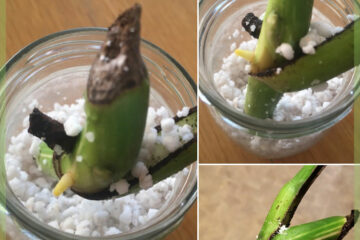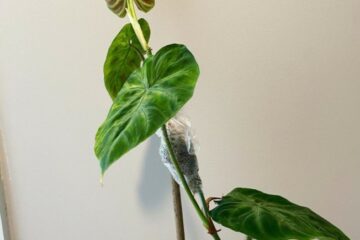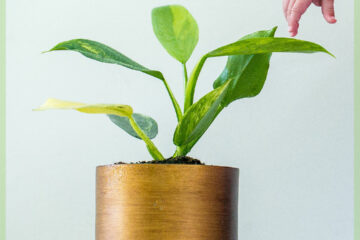You are completely happy the peppy with your beautiful plants! You take good care of them, give them plant food and talk sweetly to them and suddenly…. BAM! Pests in your plants† You and your plants are unhappy now. We don't want this, so we're going to give you a hand!
How do pests get into the houseplants?
For example, through clothing, shoes or the wind, these small critters enter. Some critters also have wings and fly towards your plants. If a plant has a slightly lower resistance, it is more susceptible to pests.
How do you prevent these critters?
It is difficult to avoid it completely. However, you can keep your plants in good condition so that they are less susceptible. So make sure that your plants are in a draft-free place with the right amount of light. Do not give them too much water. Most pests don't like high humidity, so watering your plants is always a good idea. Do a plant check every now and then. Turn the leaves regularly to check them for pests.
Common critters
- aphid: these are green/yellow bugs. They often sit on stems or on the leaf. The leaves often curl when there are aphids.
- Fluff: these are green or brown caps that are located on the stems or on the leaf veins. They secrete a lot of honeydew.
- mealybugs: can be recognized by sticky wool-like fluff. They are often on the stems, near the leaf veins and in the leaf axils. These lice also produce honeydew.
- scale insects: these aphids are located on the stem or on the underside of the leaves and have brown/grey shields. The leaves often get red/brown spots.
- Thrips: are small, thin, green/whitish creatures with wings. They poke small holes in the leaf. Since these critters can fly, they can quickly infect your plants.
- White fly: very small white flies that reside on the leaves. These flies cause curling and misshapen leaves.
- Mourning Fly: these little black flies come to moist potting soil and lay eggs in it.
- spider mite: can be recognized by fine silk on the underside of the leaves. Dry air often attracts spider mites.
What to do now?
- Quarantine your infected plant(s)! Very important to do to prevent further contamination of other plants. It is recommended to temporarily put your plant outside if possible due to weather conditions or space.
- Try to find out which bugs your plant has. The approach differs per species.
- Remove as many infected parts of the plant as possible, for example by pruning or removing the worst with a damp cloth.
- Give your plant a lukewarm shower. You can remove a lot of critters because of the radius. This also works very well preventively.
- Is it stubborn? There are several types of sprays, both purchased and homemade. Treat your plant as soon as possible and keep doing this until the infestation is gone. Always read the pesticide label carefully!
- Also don't forget the decorative pots where the houseplants stand to be properly cleaned.
- Is the plague finally gone? Yes! But keep checking your plants! This way you will be there in time when new critters appear.
Weak plants
Does a particular plant endure a plague over and over again? This is a sign that your plant is very weak and having a hard time getting over it. Are your other plants still healthy? Then you can choose to replace this plant. This also to protect your other plants.
Humidity
When the humidity is too low, it attracts pests more quickly to your plants. You can increase the humidity by occasionally spraying your plants with (rain) water and by moving your plants closer together. In this way the moisture remains between the plants (just like in the jungle).
We hope, of course, that you are one of those lucky ones who have few or no pests in the plants. But if it does, you now know how to deal with it.
Do you have questions? Feel free to send us a message so we can help you.
Best of luck!



